Programme
Morning Session at the Norwegian Institute, Rome
(Viale Trenta Aprile 33)
Moderating: Prof. Turid Karlsen Seim, Director of the Norwegian Institute in Rome
9.30am Opening Remarks: Norway and the Holy See - common heritage, common concerns.
Ambassador Rolf Trolle Andersen, Ambassador of Norway to the Holy See
Assistant Secretary General, Christian Syse, Norwegian Ministry of Foreign Affairs
10.00am Ass. Professor Øystein Ekroll, Cathedral Arcaeologist at Nidaros Cathedral
St Olav and the Octagon of Trondheim - a Nordic martyrion?
10.30am Monsignor Pasquale Iacobone, Pontifical Council for Culture
The pilgrims of Europe: omnes viae Romam ducunt [in Italian]
11.00am Coffee
11.15am Dr. Sigrun Høgetveit Berg, University of Tromsoe
A Journey to Rome from the Arctic in the Holy Year 1500
11.45am Discussion
12.30pm Morning Session Concludes
Afternoon Session at the Pontifical Council for Culture
(Via della Conciliazione, 5)
Moderating: His Excellency Monsignor Carlos Azevedo, Delegate, Pontifical Council for Culture
3.00pm Prof. Alessandra Bartolomei Romagnoli, Pontifical Gregorian University, Rome
Rome in the Nordic Mystic [in Italian]
3.30pm Prof. Torstein Jørgensen, School of Mission and Theology
Some Aspects of Piety and Penance; The Presence of Rome in the Far North in the Late Middle Ages
4.00pm Coffee
4.15 pm His Excellency Monsignor Sergio Pagano, Prefect of the Vatican Secret Archive
Relations between Norway and the Holy See in the archives of the Secret Archive of the Vatican [in Italian]
4.45pm Discussion
5.30pm Closing remarks: His Eminence Cardinal Gianfranco Ravasi, President of the Pontifical Council for Culture
Simultaneous translation provided
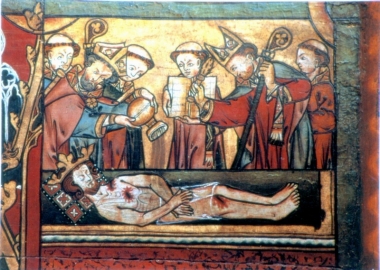 St Olav's Translation, 14th C. Nidaros Cathedral
St Olav's Translation, 14th C. Nidaros Cathedral

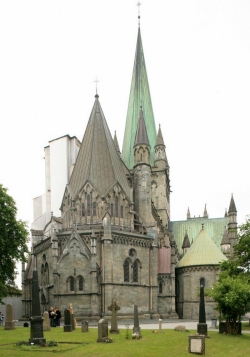 Nidaros Cathedral
Nidaros Cathedral
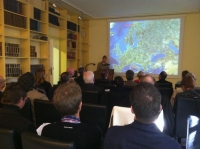
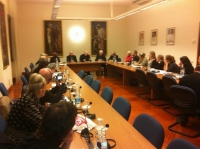
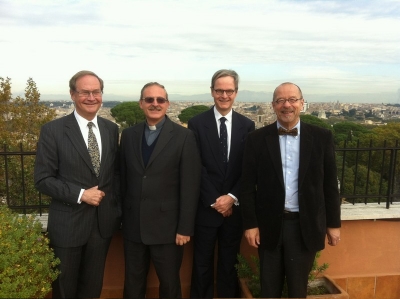 Mr Christian Syse, Msgr. Pasquale Iacobone, Ambassador Rolf Trolle Andersen, Prof. Torstein Jørgensen
Mr Christian Syse, Msgr. Pasquale Iacobone, Ambassador Rolf Trolle Andersen, Prof. Torstein Jørgensen